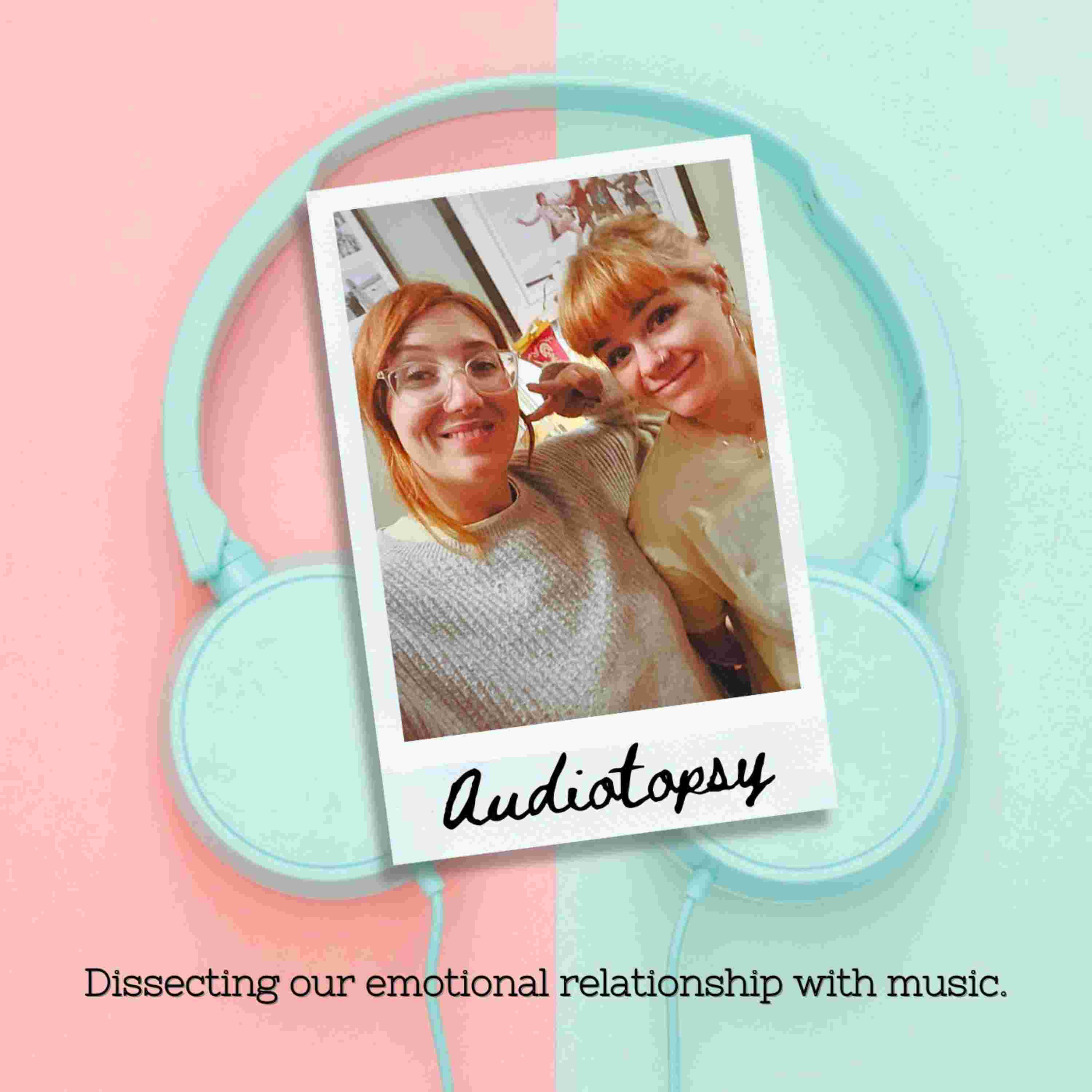

Goosebumps, chills, frission - whatever you call it, its counted as one of the most intense emotional experiences we can have when listening to music.
In this episode, we explore what it is about music and our own psychology that gives us that special tingly feeling when listening to certain songs. We'll explore the theory and contextualise it in a couple of songs that we find particularly spine tingling.
References
Bannister, S. (2020a). A survey into the experience of musically induced chills: Emotions, situations and music. Psychology of Music, 48(2), 297–314. https://doi.org/10.1177/0305735618798024
Blood, A. J., & Zatorre, R. J. (2001). Intensely pleasurable responses to music correlate with activity in brain regions implicated in reward and emotion. Proceedings of the National Academy of Sciences of the United States of America, 98(20), 11818–11823. https://doi.org/10.1073/pnas.191355898
de Fleurian, R., & Pearce, M. T. (2021). Chills in music: A systematic review. Psychological Bulletin, 147(9), 890–920. https://doi.org/10.1037/bul0000341
Grewe, O., Nagel, F., Kopiez, R., & Altenmüller, E. (2007). Listening to music as a re-creative process: Physiological, psychological, and psychoacoustical correlates of chills and strong emotions. Music Perception, 24(3), 297–314. https://doi.org/10.1525/mp.2007.24.3.297
Koelsch, S. (2010). Towards a neural basis of music-evoked emotions. Trends in Cognitive Sciences, 14(3), 131–137. https://doi.org/10.1016/j.tics.2010.01.002
Panksepp, J. (1995). The emotional sources of "chills" induced by music. Music Perception, 13(2), 171–207. https://doi.org/10.2307/40285693
Sachs, M. E., Ellis, R. J., Schlaug, G., & Loui, P. (2016). Brain connectivity reflects human aesthetic responses to music. Social Cognitive and Affective Neuroscience, 11(6), 884–891. https://doi.org/10.1093/scan/nsw009
Sloboda, J. A. (1991). Music structure and emotional response: Some empirical findings. Psychology of Music, 19(2), 110–120. https://doi.org/10.1177/0305735691192002